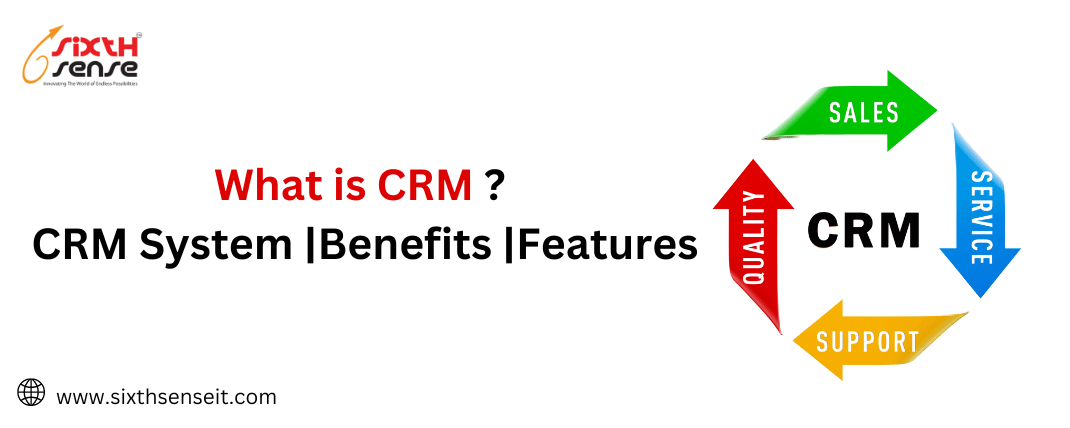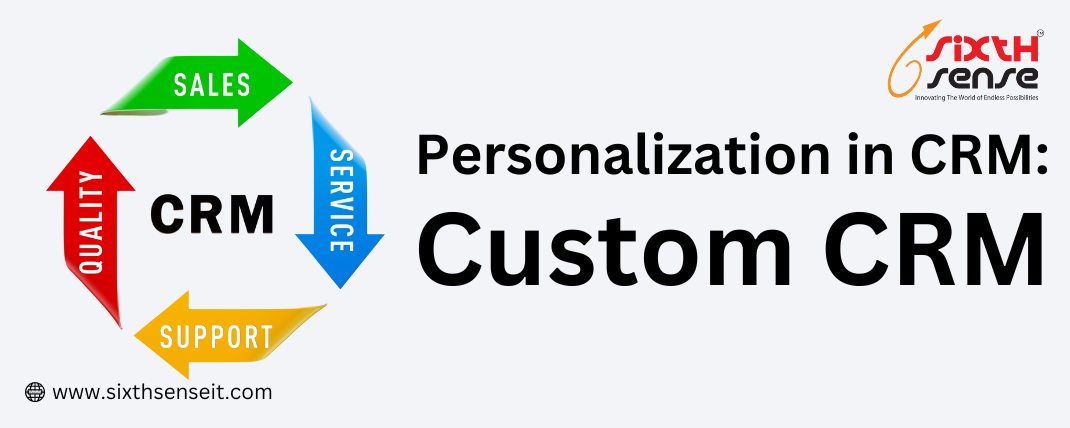
How to improve the business operations


What are business operations?
Business operations refer to the set of activities and processes that are involved in the day-to-day functioning of a business or organization. These operations can vary widely depending on the type of business, but generally involve everything from managing finances and resources to producing and delivering products or services to customers.
Business operations refer to the various activities and processes that are required to run a business successfully. This includes all the day-to-day tasks and functions that are necessary to produce and deliver products or services, as well as the management of resources, such as people, finances, and technology.
Business operations can include a wide range of activities, such as product development, manufacturing, marketing, sales, customer service, logistics, and finance. Each of these functions requires a unique set of skills, tools, and processes to be executed effectively, and they must all work together seamlessly to ensure that the business runs smoothly.
Efficient business operations are critical to the success of any business, as they help to reduce costs, increase productivity, improve quality, and enhance customer satisfaction. To achieve these goals, businesses must constantly evaluate and optimize their operations, looking for ways to streamline processes, eliminate waste, and improve efficiency.
The following are some of the key areas that fall under the umbrella of business operations:
Finance and accounting: This includes managing financial resources, tracking revenue and expenses, and ensuring that financial statements are accurate and compliant with regulations.
Human resources: This involves recruiting, hiring, training, and managing employees, as well as administering benefits and compensation programs.
Sales and marketing: This includes developing marketing strategies, generating leads, and closing sales.
Production and operations: This involves managing the production process, including sourcing raw materials, manufacturing products, and ensuring that quality standards are met.
Supply chain management: This involves managing the flow of goods and services from suppliers to customers, including procurement, transportation, and logistics.
Customer service: This involves responding to customer inquiries, resolving complaints, and ensuring that customers are satisfied with the products or services they receive.
Information technology: This involves managing the technology systems and infrastructure that are used to support business operations, including hardware, software, and network systems.
Effective management of business operations is critical to the success of any organization. By streamlining processes, reducing costs, and improving efficiency, businesses can improve their bottom line, enhance customer satisfaction, and gain a competitive advantage in the marketplace.
Improving business operations is a critical task that requires careful planning and execution. In today's highly competitive marketplace, businesses that fail to streamline their operations risk being left behind by more efficient and agile competitors. In this blog, we will explore some of the key steps businesses can take to improve their operations and achieve long-term success.
Identify the areas that need improvement
Before you can improve your business operations, you need to know where to focus your efforts. Begin by conducting a thorough review of your operations to identify any areas that are causing problems or inefficiencies. This may include everything from supply chain management to customer service to employee training and development. Once you have identified the areas that need improvement, you can begin developing a plan to address them.
Set clear goals and objectives
Once you have identified the areas that need improvement, it's important to set clear goals and objectives for your business. These should be specific, measurable, and achievable, and should help you to track your progress and measure your success. For example, you may set a goal of reducing your customer service response time by 50%, or increasing your product output by 20% within the next 12 months.
Develop a plan to achieve your goals
Once you have set your goals and objectives, you need to develop a plan to achieve them. This plan should include specific strategies and tactics that will help you to achieve your goals, such as improving your supply chain management processes or implementing new training programs for your employees. It's important to involve all relevant stakeholders in the development of your plan, including managers, employees, and key partners.
Implement your plan
Once you have developed your plan, it's time to put it into action. This may involve making changes to your existing operations, such as implementing new software systems or reorganizing your production lines. It's important to monitor your progress closely and make adjustments as needed to ensure that you are on track to achieve your goals.
Monitor and measure your results
As you implement your plan, it's important to monitor and measure your results. This will help you to identify any areas that are still causing problems or inefficiencies, and will help you to make adjustments as needed. You may want to use key performance indicators (KPIs) to track your progress, such as customer satisfaction ratings, employee productivity levels, or revenue growth.
Continuously improve
Finally, it's important to remember that improving your business operations is an ongoing process. Even after you have achieved your initial goals, there will always be new opportunities to streamline your operations and improve your efficiency. Continuously seeking out new ways to improve your operations will help you to stay ahead of your competitors and achieve long-term success.
In conclusion, improving your business operations requires a systematic approach that involves identifying areas that need improvement, setting clear goals and objectives, developing a plan to achieve those goals, implementing your plan, monitoring and measuring your results, and continuously improving. By taking these steps, businesses can streamline their operations, improve their efficiency, and achieve long-term success in today's highly competitive marketplace.
How can I automate business operation?
Automation of business operations involves using technology to replace manual processes and tasks with digital solutions. This can help to streamline operations, reduce errors, and increase efficiency. Here are some steps to automate business operations:
Identify processes that can be automated: Start by identifying tasks and processes that are repetitive, time-consuming, and prone to errors. These are typically good candidates for automation.
Evaluate automation tools: There are a variety of automation tools available in the market, ranging from simple tools to more advanced ones that use machine learning and artificial intelligence. Evaluate these tools and choose the ones that best fit your business needs.
Choose the right automation solution: After evaluating different automation tools, choose the one that best fits your business needs. Make sure it integrates well with your existing systems and workflows.
Implement automation solutions: Once you have chosen the automation tools, implement them in your business operations. This may require some changes in your existing processes and workflows.
Test and refine: Test the automation solutions to ensure they are working as expected. Refine the solutions as needed to improve their effectiveness and efficiency.
Train employees: Ensure your employees are trained on the new automated processes and tools, and provide support as needed.
Some areas of business operations that can be automated include:
Accounting and financial management: Use accounting software to automate tasks such as invoicing, payroll, and financial reporting.
Customer relationship management: Use customer relationship management (CRM) software to automate tasks such as lead generation, customer data management, and sales reporting.
Marketing: Use marketing automation tools to automate tasks such as email marketing, social media management, and lead scoring.
Supply chain management: Use supply chain management software to automate tasks such as inventory management, order processing, and shipment tracking.
Automation can be a powerful tool for businesses looking to streamline their operations, reduce costs, and improve efficiency. However, it's important to choose the right automation solutions and to ensure that employees are properly trained to use them. With careful planning and execution, automation can help businesses achieve significant improvements in their operations.



















































































































